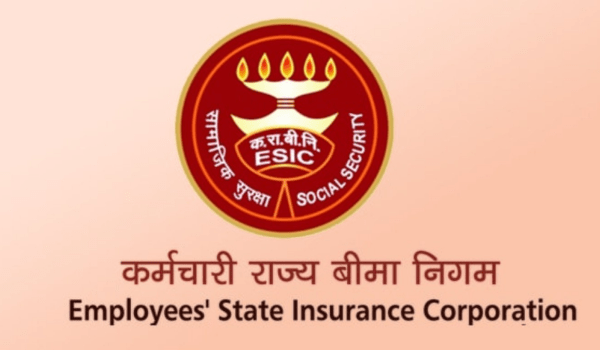According to data from the Employees’ State Insurance Corporation or ESIC, from September 2017 to March 2021, Karnataka added 24 lakh formal jobs. Since it is likely that one fourth of these jobs overlap with the Employees’ Provident Fund Organisation (EPFO), it would not be wrong to say that Karnataka has added about 67 lakh jobs in the formal sector, which includes over 49 lakh EPFO and about 18 lakh ESIC. These numbers do not include government jobs.
That means, on average, the state has created 13.58 lakh formal jobs annually for the last four years or so. At the national level, 48.58 per cent of the net EPFO and ESIC subscriptions added in the last five years are in the age range of 18-25. It would, therefore, be safe to say that about 33.63 lakh out of 67.94 lakh net formal jobs added in Karnataka in the last five years are in the 18-25 age bracket, with the likelihood of them being first time job seekers.
At 2.7 per cent, Karnataka’s unemployment rate is lower than the national figure of 4.2 per cent, reveals a joint report by Quess Corp. and Federation of Indian Chambers of Commerce (FICCI.)
Karnataka Employment Policy 2022–25 is looking to create 7.5 lakh jobs in the next three years, primarily in the textiles and garments sector. The Karnataka Digital Economy Mission (KDEM) is expected to create 10 lakh jobs by 2025, largely in the IT sector.
The number of formal employees on payroll in Karnataka is around 74 lakh, cumulatively. That means, 24.74 per cent of the working population of 2.99 crore (by taking an average worker population ratio or WPR of 45 per cent). The percentage of the working population in Karnataka engaged in formal sector jobs, at 24.74 per cent, is 4.74 per cent higher than the national average of 20 per cent.
Since 46.6 per cent of the workforce in the State is engaged in agriculture, the remaining 1.59 crore or 53.4 per cent are involved in the non-agriculture sector. Of this, 46.54 per cent workers are employed in the formal sector, which is nine per cent more than India’s formal sector employment in the non-agriculture segment.
About 47.7 per cent or 3.65 crore of the 7.64 crore new ESIC subscribers who have contributed from September 2017 to November 2022 belong to the 18 to 25 age bracket.
If we assume that one fourth of ESIC subscribers are also subscribed to EPFO, then, there are about 2.73 crore unique subscribers in the 18–25 age group in the ESIC exclusively in the last five years, who have contributed. That means, about 5.94 crore people or 49.58 per cent of the workforce joined EPFO and ESIC in the last five years, and they are young first-time employees who are at least 18 years old and not more than 25 years of age.



